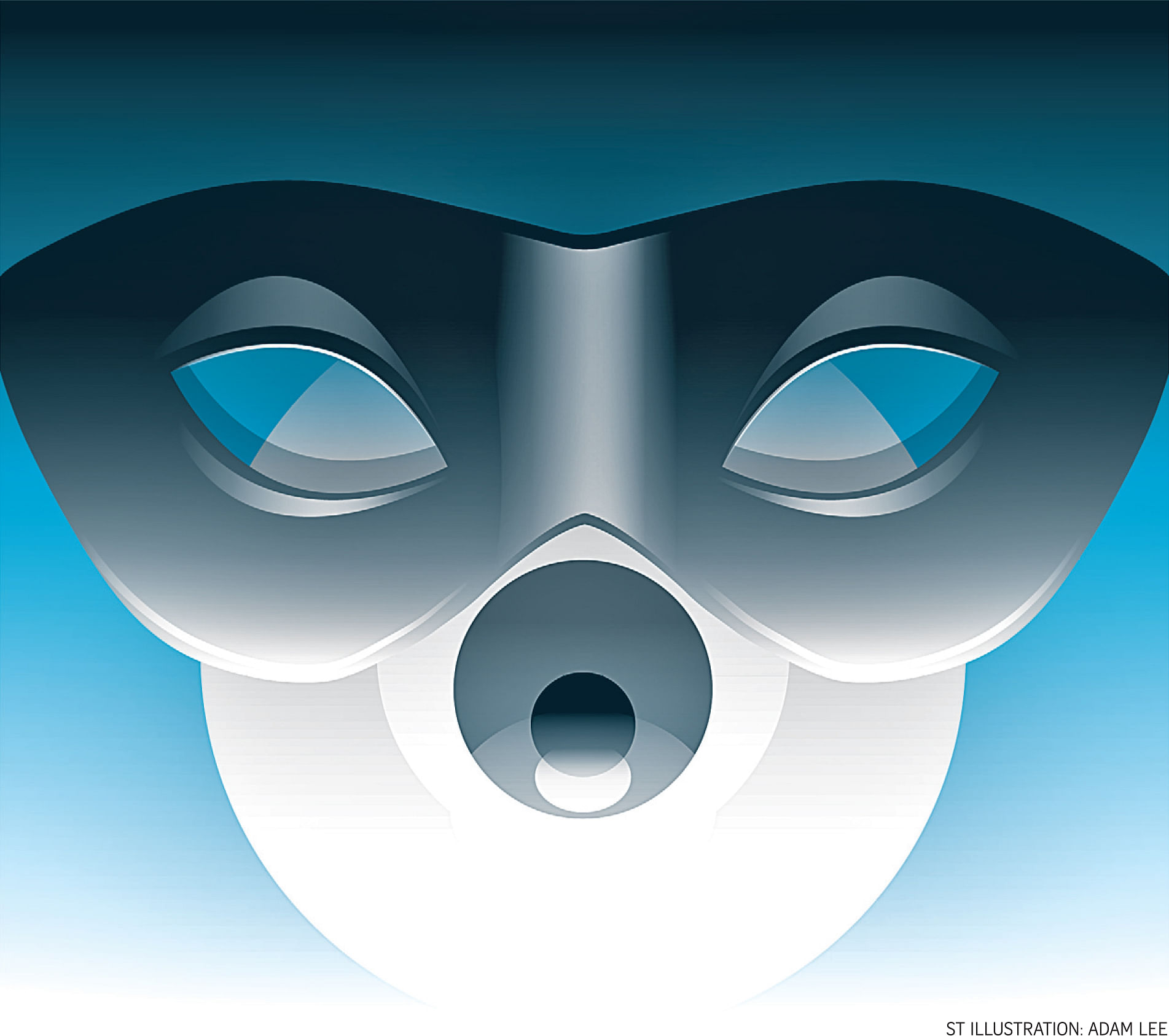In my work, I often help patients see better, and that gives me a great deal of satisfaction.
However, there are others I wish I could do more for.
I have been seeing two patients with glaucoma, and they represent the two ends of the glaucoma spectrum.
The first is an old schoolmate, who had an eye check-up during his university days.
There were early findings that suggested he might be at risk of glaucoma. As a result of the screening, he began seeing a glaucoma specialist.
When there was evidence of deterioration in his visual fields, which affected his peripheral vision, he was started on anti-glaucoma eye drops. This kept his eye pressure low, and has helped retard the progression of his condition.

Now, after nearly 30 years, he still has good vision, with minimal loss of his peripheral vision.
The other patient came to see me because she felt her vision was a little "fuzzy".
During the course of my examination, I found that she already had advanced loss of peripheral and central vision in one eye, and there was nearly tunnel vision in the other.
I spent almost an hour explaining it to her. After 10 visits, she is still unable to come to grips with the severity of her condition.
Each time I see her, I feel her pain. She is in the prime of her life and, in all likelihood, she will lose what remaining sight she has in both eyes. During each visit, she asks when she will be able to see clearly again.
I have to face her and try to tell her, as gently as I can, that she cannot regain the vision lost. Her eyes then well up in tears.
This is the difference between an early diagnosis and a late one.
Typically, most patients with open-angle glaucoma and chronic forms of narrow-angle glaucoma have no symptoms until much later on in the disease state.
By then, they might notice vision loss in the periphery or, as the condition progresses even further, central vision loss. This is why we often refer to glaucoma as the "silent thief of sight".
While glaucoma has not become significantly more prevalent in the past decade and glaucoma rates are not that different from those in other nations, there is a larger proportion of narrow-angle glaucoma patients among Chinese here, particularly women.
This condition can result in severe symptoms such as nausea, headaches or pain if the eye pressure goes very high.
In a local study of Chinese, Malays and Indians conducted by the Singapore Eye Research Institute, more than two-thirds of those with glaucoma were undiagnosed and not receiving treatment.
It affected 3.4 per cent of the Chinese population, 1.95 per cent of the Indian population and 3.2 per cent of the Malay population.
The prevalence of glaucoma in women here is between 1.66 per cent and 3.4 per cent, among the various races.
The good news is that, with more proactive screening, we are picking up glaucoma in the earlier stages and, with proper monitoring and treatment, we are preventing more people from suffering the end-stages of glaucoma and losing their vision.
For those who have been diagnosed with glaucoma or who are undergoing investigations, take heart.
Early screening makes it possible to offer preventive treatment, including laser therapy, which can significantly decrease the chances of suffering painful attacks of nausea, headaches or severe eye pain.
Furthermore, research has shown that modern anti-glaucoma medications have cut down the need for surgery by almost 80 per cent.
Some of these medications are available in doses that need to be taken only once a day, which is more convenient for patients.
If surgery is required, there are newer procedures that involve less traumatic surgery, and are suitable for those with milder glaucoma.
However, they will not restore nerves that have been damaged by glaucoma.
In general, for most eye problems, 50 is a good age to get screened. But those with a positive family history of glaucoma and/or visual symptoms should get screened even if they haven't reached 50 yet.
Depending on what is found, the need for further follow-ups can be determined.
I would like to end with a story about another patient.
He has severe glaucoma and retinal detachments arising from other causes - yet, he runs a business, serves on many committees and always has a smile on his face.
Being diagnosed with glaucoma doesn't mean you can no longer live a full life. Keep going for regular eye checks, and take the medications prescribed.
With a healthy diet and a positive attitude, you can continue to lead an active lifestyle.
•Dr Loon is head and senior consultant in glaucoma services at the National University Hospital Eye Surgery Centre.

